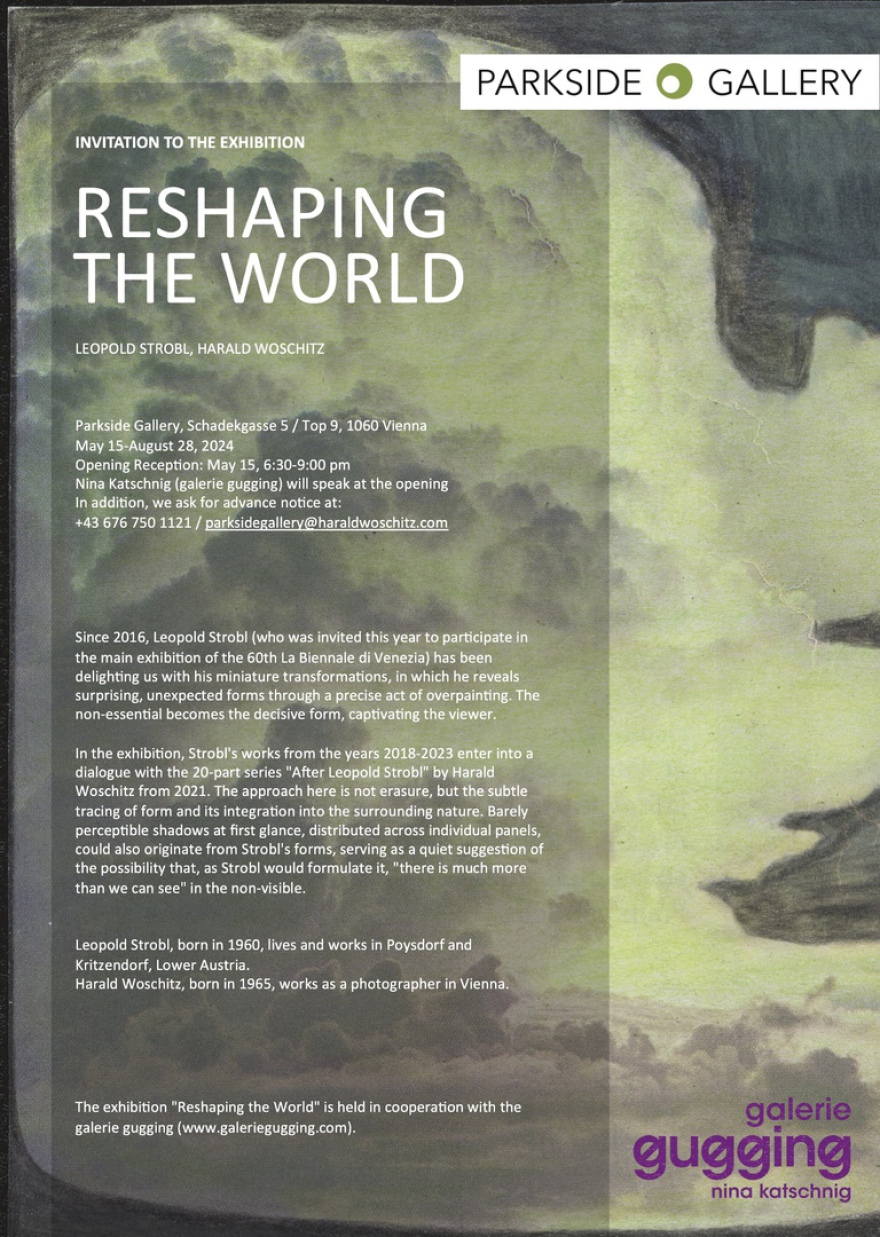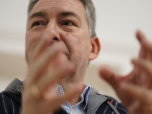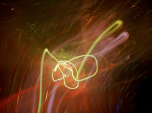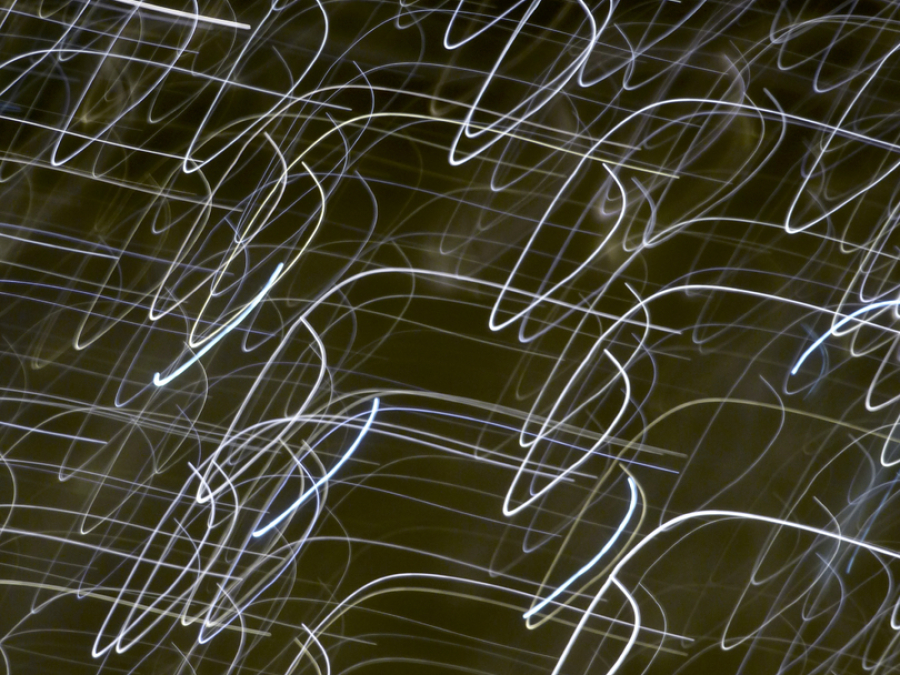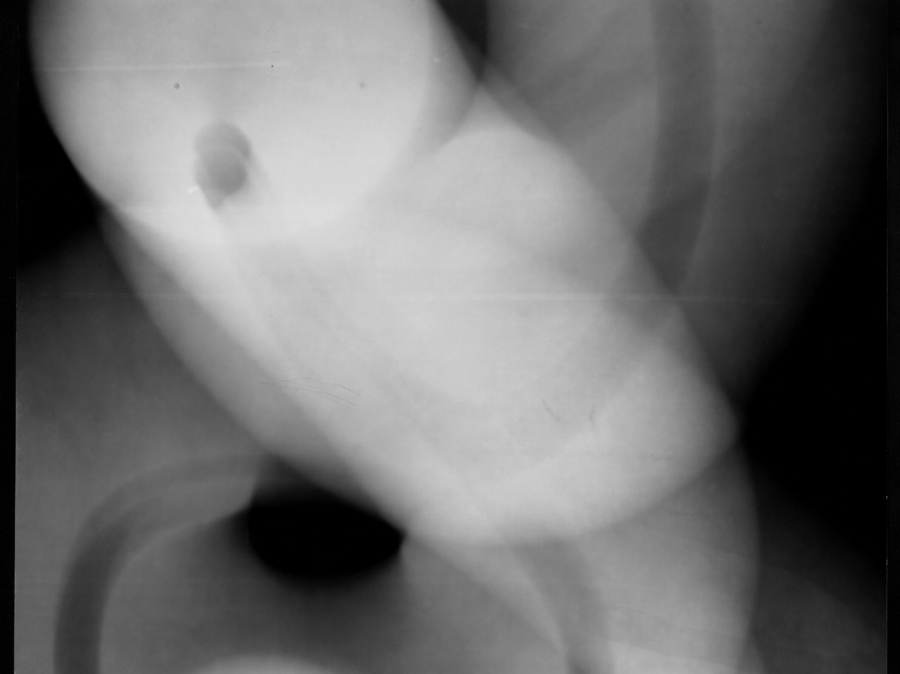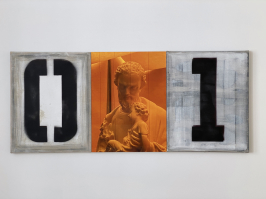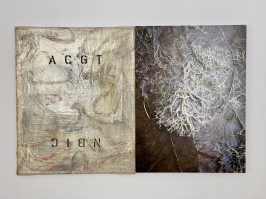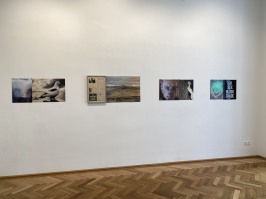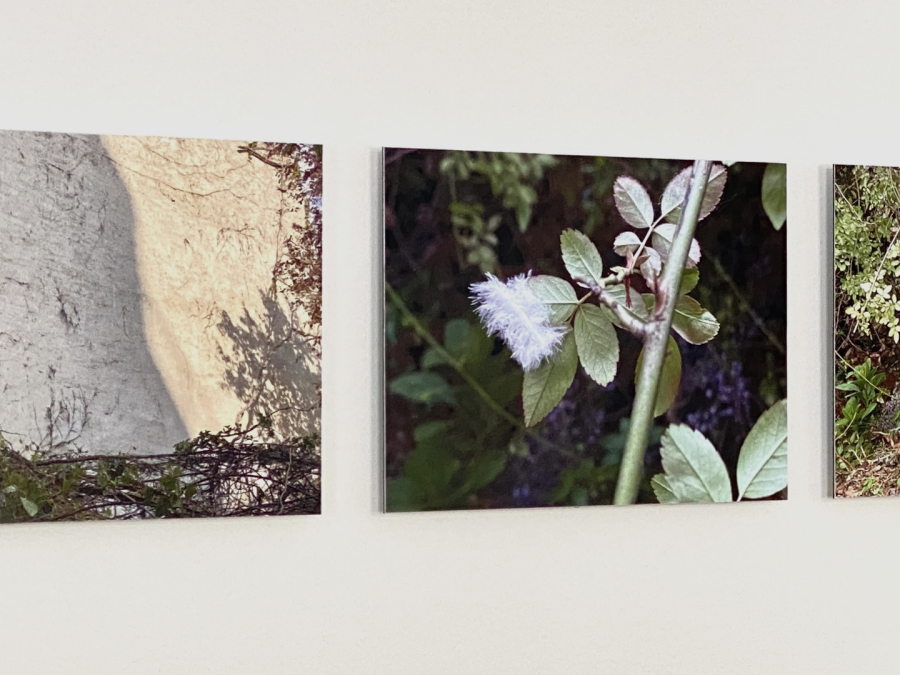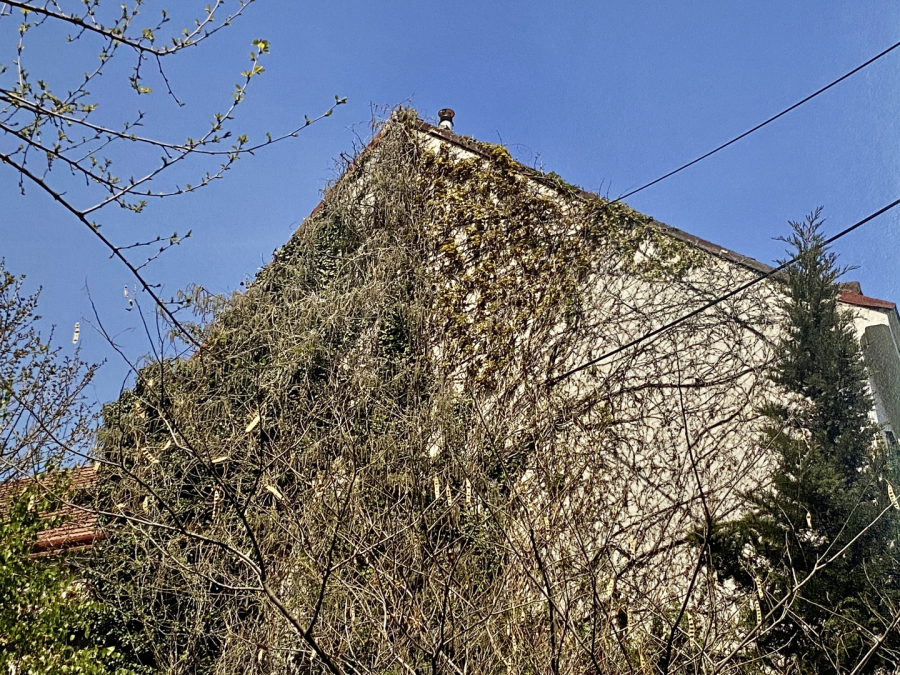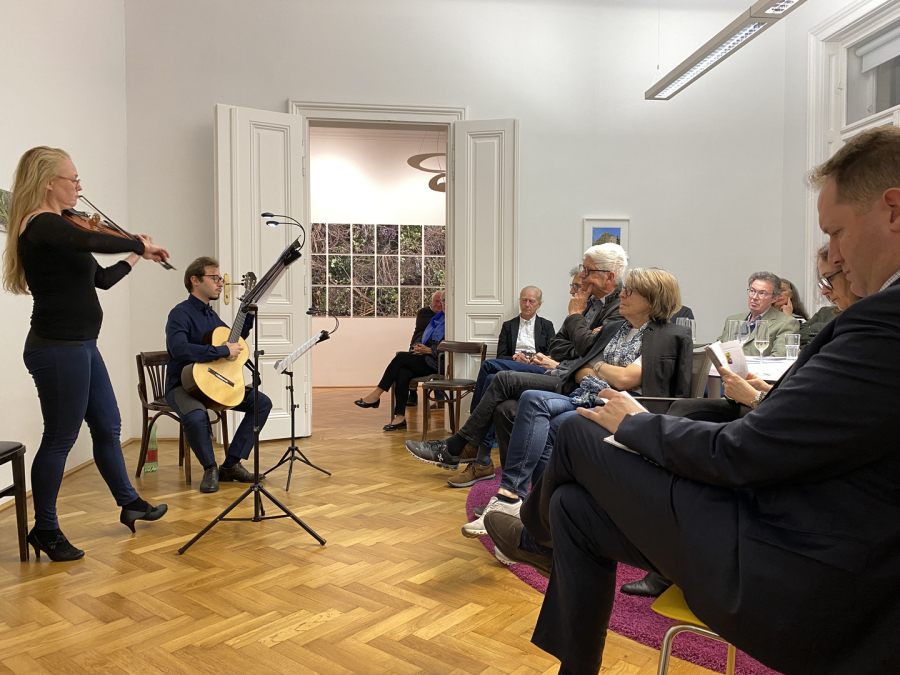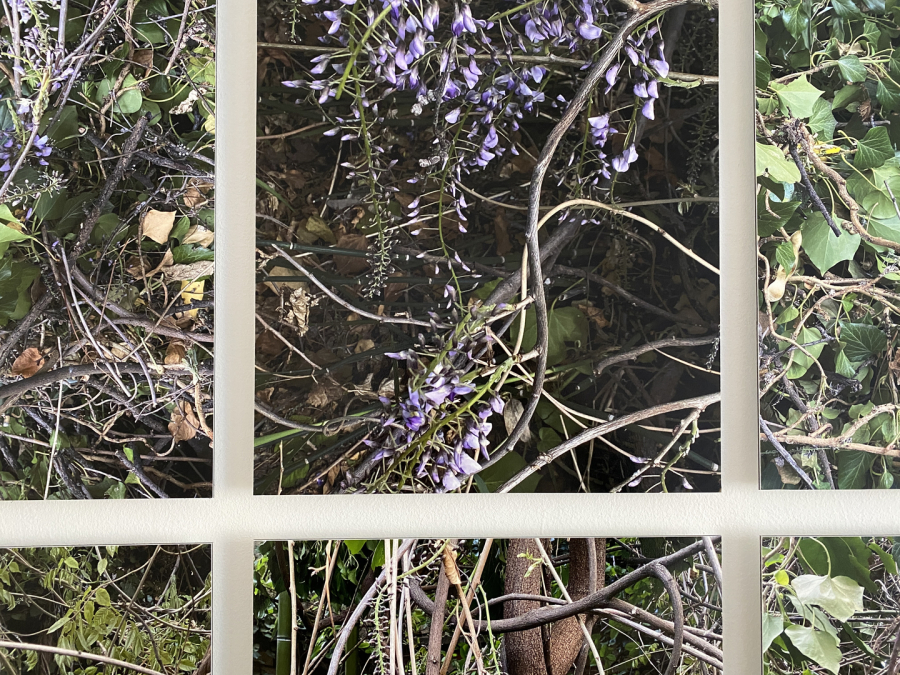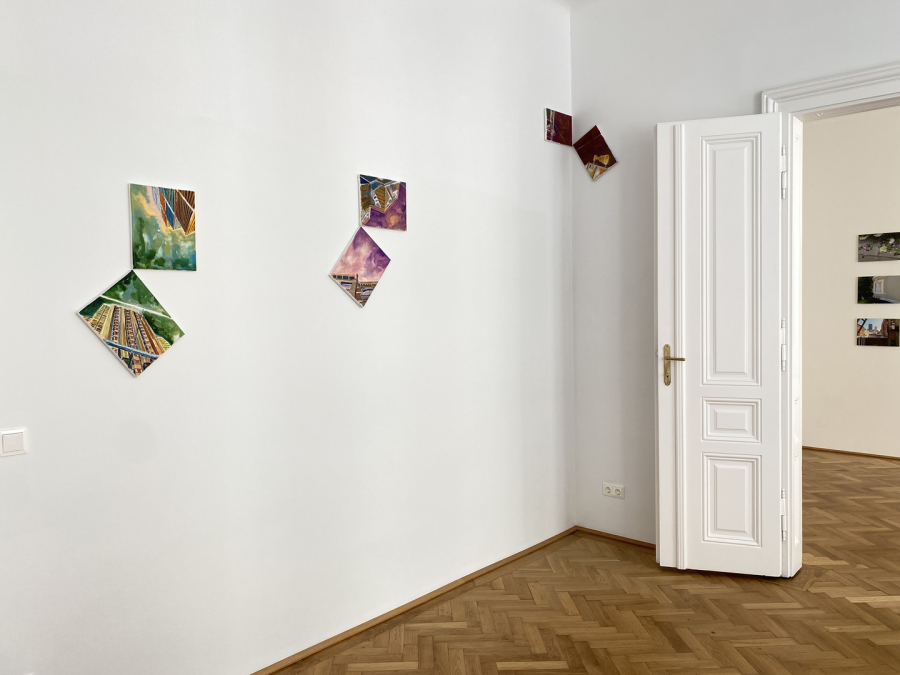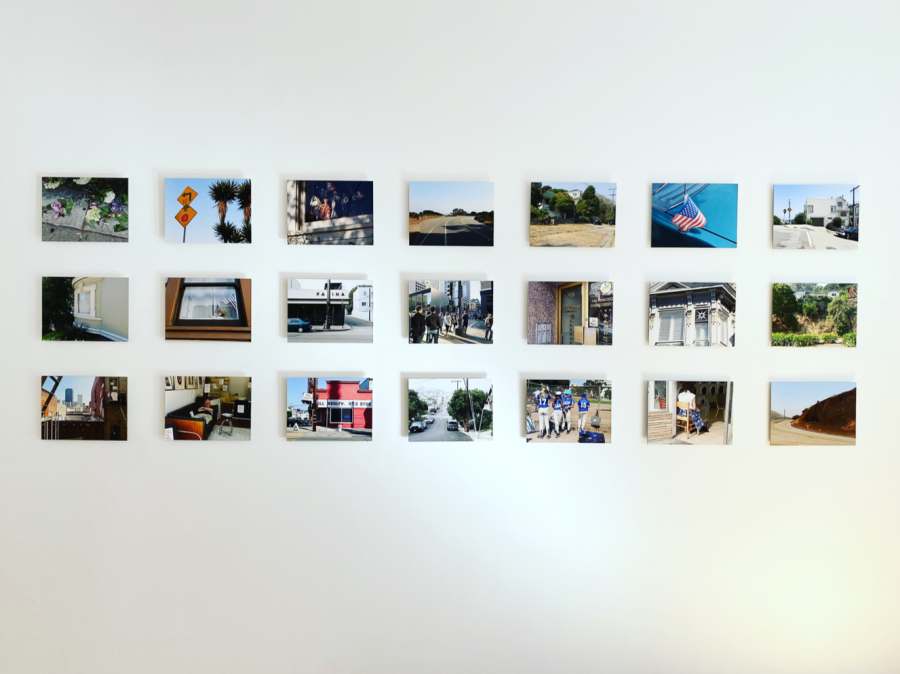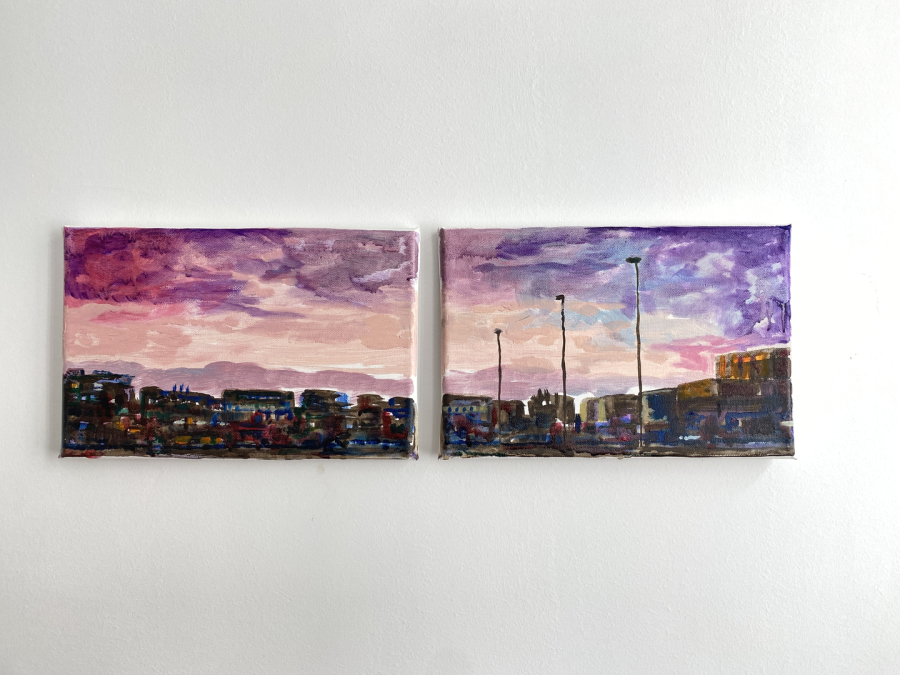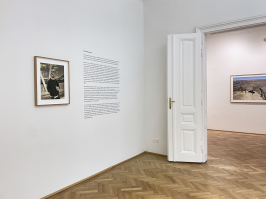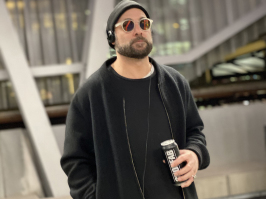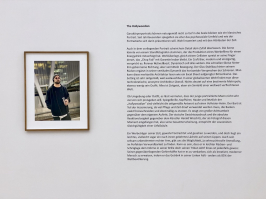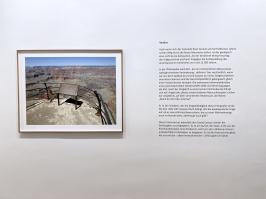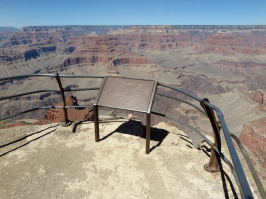open by appointment
parksidegallery@haraldwoschitz.com
+43 676 7501121
Founded in 2021, Parkside Gallery is a private art project space in cooperation with
Galerie Edition Stalzer (Vienna, Austria) and forum limbach (Limbach, Austria).
"Everyday life needs its opposite" - in this sense Parkside Gallery wants to give artists the opportunity to present their ideas and visitors the possibility to dive into their imaginary world and to be inspired by new perspectives - or as Picasso once said: "Art washes the dust of everyday life from the soul".
Gegründet 2021, ist Parkside Gallery ein privater Kunstprojektraum in Kooperation mit
Galerie Edition Stalzer (Wien, Österreich) und forum limbach (Limbach, Österreich).
"Der Alltag braucht sein Gegenteil" - in diesem Sinn will Parkside Gallery Künstler:innen die Möglichkeit geben, ihre Ideen zu präsentieren und den Besucher:innen die Möglichkeit, in deren
Vorstellungswelt einzutauchen und sich durch neue Sichtweisen inspirieren zu lassen - oder wie Picasso einst sagte: "Kunst wäscht den Staub des Alltags von der Seele".
Parkside Gallery, Schadekgasse 5 / Top 9, 1060 Vienna, Austria
Exhibitions
DIVERSE STAGES
Michael Michlmayr, Harald Woschitz
Parkside Gallery
March 20-April 26, 2024
In our daily lives, we assume various roles that shape our identity. These roles are integral parts of our personality, influencing the narrative of our own story. On the stage of public space, mannequins assume the role of perfect performers. Model figures placed in storefronts to entice us to purchase certain clothing have evolved over time, often in line with societal and political changes.
Their presence is observed in the exhibition "Diverse Stages" by Michael Michlmayr and Harald Woschitz in different ways and captured in images.
In his series, Michael Michlmayr questions the truthfulness of photographic images. The series "Public Scenes," created from 2004 to 2023, depicts scenic portraits mainly captured in urban public spaces, following the tradition of classic street photography. The images depict people in everyday situations, neither staged nor arranged. However, post-production involves intervention in the image. Individuals characterized mainly by their faces are anonymized by being replaced with portraits of mannequins.
This series raises questions about whether individuals are somewhat interchangeable in their daily actions and whether it's possible to maintain the central message of the captured image through proxies or deliberate masking of the protagonists by eliminating their original expressions. Do these individuals transformed into actors turn real situations into fiction?
Do the anonymized protagonists we observe in the "Public Scenes" series in everyday situations also tell a true story?
In his series "Identities," Harald Woschitz presents a "casting" of different mannequins. He stages these mannequins in a strict grid, photographed theatrically against a dark background.
Conceived by humans, made for humans, the 65 - mostly female - mannequins, commonly known as storefront mannequins, are presented here as a multi-layered reflection of our time. Specifically, of a period, considering the average lifespan of one of these dolls - seven years. Some bring a piece of the past into the present, while others will accompany us into the future for several more years. Whether retrospective or prospective: intended as a time-bound ideal of how the viewing individual wants to see themselves, their purposefulness also raises the question of whether intention and desire truly align here.
What if the everyday, familiar stage of a shop window presents illusions of a presumed, perhaps unattainable life? Does what is portrayed actually represent reality, or does reality, in turn, follow the roles inherent in the nature of storefront mannequins? Role or authenticity, which concept guides the lives of the protagonists, that is, us, as those who observe the scenery on these small stages?
Resembling a peep show, those depicted in the "Identities" series (from 2020) embody a wide range of expressions. Naturally in the silence of obligated mimicry, introspective to thoughtfully gazing into an indefinable exterior, from naturalistic concrete to increasingly abstract forms.
It seems that younger, current forms of these mannequins are becoming increasingly interchangeable, in the true sense of the word, becoming more faceless and genderless: As if suggesting the typology of a global face. Uniformity as an inherent companion to an exaggerated individualization and yet its greatest contradiction? Is it an expression of an avoidance strategy that avoids any accentuation and valuation at all costs, or a harbinger of an emerging leveling of the individual into the collective of the masses?
The answers to the questions raised here about role, identity, and staging lie, as always, in the contemplation of the viewer. In this sense, the series "Public Scenes" by Michael Michlmayr and
"Identities" by Harald Woschitz - both positions dealing with the staging of "reality" and the question of how much this staging reflects or influences reality - can be understood as an invitation to
discover the world of mannequins shown here as a mirror for ourselves.
Michael Michlmayr, 1965, lives as a photographer in Vienna
Harald Woschitz, 1965, lives as a photographer in Vienna
THE TIMES IN BETWEEN
Harald Woschitz
Parkside Gallery
Nov 16, 2023-Jan 18, 2024
Time as individual perception
Our memory is constructed from moments of experience - sometimes in sequences, short film-like documentaries, sometimes in individual brief perceptions in time, like a photograph.
Flashes of the past, condensations of the memorable, because evidently impactful. Either way, they remain fragments, loosely strung together to form our remembered life – and leave a question
unanswered: What was in between?
What happened in the intervals between the remembered parts of our memory? Was it relevant, in that it influenced the course of our lives, or insignificant, because better depicted by the life
fragments remembered before and after?
We cannot know. Even conjecture remains in the dark. And yet, they existed, those moments and times that lie in darkness. Whether forever, that too remains questionable. We can only assume that these
unremembered intervals, because they are a part of the path we have traveled, were significant, an indispensable part of the whole.
In this sense, the 13-part photographic work "The times in between" by photographer Harald Woschitz is a reflection on precisely these otherwise overlooked interstices. An attempt to remind us,
through the use of timestamps, the temporal ruptures of Before, In Between, and After, of the possibility of also discovering memorable moments here: the possibility of the meaningful instead of the
void in between.
As part of the SICHTweisen festival, which is taking place in Vienna for the second time and focuses on the new experience of music together with other art forms, there will be two special concert
evenings again this year: On Thursday, November 16, and Friday, November 24, at 6:30 p.m., three exceptional musicians (Christoph Urbanetz, Hamidreza Ojaghi, and Mohmmadreza Azin) will enter into a
photo-musical dialogue with the exhibited group of works by photographer Harald Woschitz under the title "Music meets Photography".
In the form of photo-musical narration, the musicians will undertake, as it were, to "bring to life" the memory underlying the photographic image - as an excerpt fixation in time - by setting in motion an inner dialogue: the expansion of frozen time, into a very personal, individual space of possibilities of sensing.
Harald Woschitz, 1965, lives as a photographer in Vienna
LIGHT MOVES
Fritz Simak, Harald Woschitz
Parkside Gallery
May 11-july 7, 2023
About writing and painting with light
The history of "light-painting“, also known as light-drawing or light-writing, a photographic technique of long exposure, dates back to the 1890s (Étienne-Jules Marey and Georges Demeny from France) and has since then moved and creatively challenged numerous artists - Andreas Feininger, Pablo Picasso, George Mathieu, Man Ray, to name just a few, to explore what Carl Aigner once so aptly called "the core of the photographic ... a writing of light, a photography with which one can unfold an unbelievable effect that no longer has anything to do with what we began to believe in with photography: that it can apparently show us reality in such an uncomplicated way".
In the exhibition «Light moves», the light-drawings of photographer Fritz Simak from 1974 and 2003 meet the light-writings of
photographer Harald Woschitz from 2014, shown here for the first time.
A celebration of emotions, sensual experience and the invitation
to be enchanted by the power of light.
Fritz Simak, 1955, lives as a photographer in Vienna
Harald Woschitz, 1965, lives as a photographer in Vienna and Zurich
SIGNS AND MEANING
Michael Endlicher, Harald Woschitz,
Parkside Gallery
March 16 - May 12, 2023
Change of meaning as a continuum of perception
In the exhibition Signs and Meaning two complementary concepts meet: language-pictures by Michael Endlicher and the picture-language by Harald Woschitz. The two undertake the attempt to uncover something new, unfamiliar and yet common from the confrontation of the opposites.
With the term language image or figurative figure we commonly associate sense-expanding, meaning-varying expressions or idioms. By opening our perception associatively through recourse to the
unconscious, to experiences and their emotional embedding in memory, the linguistic image enables us to expand the original context of meaning. It promotes a change of meaning, which in the best case
turns out to be a gain of meaning by way of a re-evaluation.
Endlicher works not only with the evocative power of linguistic images, but also - in his drama sheets - with "narratives" of one-word sentences that emerge alphanumerically, that is, through a random process. Nevertheless - or precisely because of this? - these depict the real dramas of life, existence, the cosmos, domination, etc. In the head sheets this principle collides with partly representational, partly abstract "Antlitzen", i.e. real pictures. Could we speak of an extended principle of the pictorial figure? After all, this is supposed to cause an increase in the processing speed of information and thus an expansion of our perceptual possibilities by simultaneously activating several areas of the human brain. But Endlicher often leaves us in the dark as to whether his signs are released from the convention of their meaning or are committed to their original content. The pictorial figure here is probably in the eye of the beholder - and Endlicher's figures of speech and signs, despite all theory, often remain in the closed, mysterious, like a pictorial riddle.
The viewer makes a similar – and yet different – experience with the visual language of the photo works by Harald Woschitz shown here. It, too, remains at first in the unknown. While Michael Endlicher starts from the written sign as the smallest unit of meaning in order to dare to reconstruct the “entire” reality from this nucleus, with Harald Woschitz the situation is exactly the opposite. Starting from the image of what is completed, often already in the past, the photographic works deconstruct everyday reality from the other side, so to speak. The supposedly real, the materially determined slides through formal alienation into an open context of meaning that has to be newly formulated, which points to the depth of the picture and its individual parts. Woschitz scours his environment for meaningful images; however, these are often relativized in the form of blurring, in ultimately abstract excerpts and in variations of what is superficially the same. Rarely is the individual photo a solitary bearer of meaning - only in the context of variants, variations and multiple attempts it can reasonably dare to trace the innermost reality.
At the interface, at the interaction of image-language and language-image in this exhibition, something new and unfamiliar is to be revealed in ourselves. Following Marcel Proust: "In reality, the viewer, when he looks, is a viewer of himself, to whom the work is handed by the authors as a kind of "optical instrument", so that he may recognize what he might not otherwise have been able to see in himself."
Michael Endlicher, Harald Woschitz, 2023
«Intimate Moment»
Harald Woschitz
November 16, 2022–January 20, 2023
Opening Reception: Wednesday, November 16 and Friday, November 18, 5-8pm
In addition, we ask for advance notice at
+43 676 750 1121 / parksidegallery@haraldwoschitz.com
In times of change - an intimate moment of pause.
The 30-part photographic work "Intimate moment of a new beginning at the end of the old order" by Harald Woschitz takes its starting point in a stormy night of the year 2021. Using the example of the
effects on the mighty hedge in the garden of a Viennese Gründerzeit house, viewers are invited to reflect on two conditions that could not be more different and at the same time condition each other:
Moments of silence as a result of an abrupt change and a first inkling of the new in upheaval - signs of persistence in change.
Within the framework of the festival SICHTweisen, which is taking place in
Vienna for the first time this year and which
focuses on the new experience of music together with other art forms, we are very pleased to be able to invite you to
two special concert evenings: On Thursday, November 17, and on Friday, November 25, at 6:30pm, two inspiring musicians (Esther-Rebecca
Neumann/violin, Allesandro Traina/guitar) will enter into a photo-musical dialogue with the exhibited group
of works by photographer Harald Woschitz under the title "Music Meets Photography".
In the form of photo-musical narration, the musicians will undertake with unique pieces of early music and premieres of
contemporary music to "bring to life", as it were as a bridge, the memory underlying the photographic image - as a
fragmentary definition in time
- by setting in motion an inner dialogue: the expansion of frozen time, into a very personal, individual space
of possibilities of sensing.
Concert tickets are available through Ö1-Ticket,
directly at https://festival-sichtweisen.com, or at the box office.
Harald Woschitz, 1965, lives as a photographer in Vienna and Zurich
«Coast to Coast»
Brendan Kronheim, Harald Woschitz
July 7-August 23, 2022
Soft-Opening: July 6-8, 5pm-9pm
Please pre-register at +43 676 750 1121 or
parksidegallery@haraldwoschitz.com
The exhibition "Coast to Coast" with the media photography and painting invites you to an associative journey along
Euro-American trade and migration routes.
The port cities of Antwerp, Rotterdam, Hoboken New Jersey and San Francisco form the cornerstones of this
artisticpictorial expedition. Port cities as cultural clusters in their own right (“Cities are stronger than nations”, Richard
Sennett) in the field of tension between the history of discovery of the United
States and the transatlantic interactions
with Western Europe, the historical starting point of this journey.
Based on a topographical mosaic of film-influenced subjects, various inter-sections and reference axes emerge that invite you to trace learned ways of seeing and coding.
How is cultural self-understanding constituted with geographical distance?
It is questions like these that arise along this associative journey by Kronheim and Woschitz against the background of European roots and today‘somnipresent American way of life.
Harald Woschitz, 1965, lives as a photographer in Vienna and Zurich
Brendan Kronheim, 1970, lives as a painter in Vienna
The "Photographic Essays" are narratives in two senses: the photography itself, as a "narrative type ", and the separate, independent type of the essay about photography. Both the
photograph and the text reflect the authors' personal examination of a section of a personal reality.
The text that accompanies the picture, a subjective offer of interpretation or picture analysis, is an invitation to the viewer to follow with relish the traces that have been laid and wants to
encourage them to open up their own personal universe of perception. In this sense, the essay offered naturally represents one of many possible interpretations.
The works shown are part of a project by Harald Woschitz (photography) and Andreas Stalzer (essay) that has been running since 2020 – two artists and researchers who meet in a
"laboratory" to discover something new with a methodically designed experimental arrangement.
Starting with the photo, as a catalyst, an attempt is made here to critically examine contemporary the time-given way of perception. The challenge presented to the viewer, and the responsibility
imposed onto them, is to perceive the photograph, a past lifted into timelessness, as an offer to understand their personal, now conceivable present, history and future as something changeable. In
this context, the essay is just such a subjective catalyst, designed to enable the individual to open the door to their personal space of time and opportunities.
The "Photographic Essays" on display are not a conventional exhibition situation, where image and image description accompany each other as a functional pairing. They are rather the result of a
shared narrative of an antithesis to the assertion of an objectively perceptible time. Just as traditional fairy tales adapt and change from generation to generation, the supposed reality here is
also changeable and thus subject to our own prerogative of interpretation.
The selected form of presentation, namely the reduction to just two pairs of image and text, refers to two open pages of a book, combined with the invitation to start a very personal, inner dialogue with the “experiences” here.
The works from the "Photographic Essays", shown here for the first time, will be part of a book that documents the results of the ongoing "investigations". A bound form of independent perceptions in time.
Harald Woschitz, 1965, lives as a photographer in Vienna and Zurich
Andreas Stalzer, 1960, lives as an art mediator and curator in Vienna and Limbach (Bgld.)

